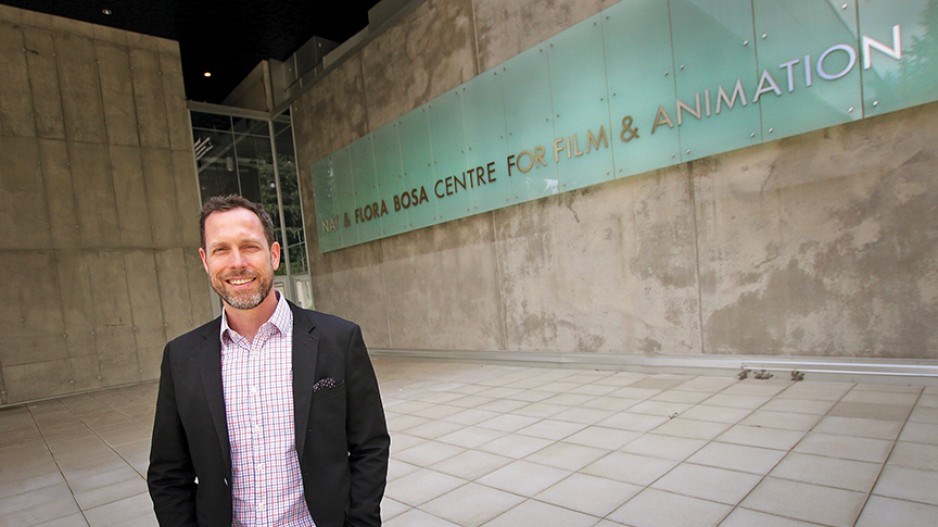Saying Teradici Corp. is experiencing a marked rise in interest from clients while much of the economy has tanked during the pandemic would be an understatement, according to Ziad Lammam.
“Our business has really expanded significantly because of this,” the vice-president of product said.
The Burnaby-based firm develops enterprise software allowing companies to access desktops remotely from less powerful devices, most notably making it easy to launch high-performance applications needed for animation and visual effects (VFX) houses. All the applications are hosted in the cloud or company data centre.
“Companies who were doing [virtual workstations] at some scale all of a sudden found themselves doing it at a full company scale,” Lammam said.
As people retreat to their homes, forgoing dinners and shows in favour of Netflix Inc. (Nasdaq:NFLX) binge-watching, demand for content is increasing. But while live-action film and TV productions remain suspended, animation work can be completed at home with the right infrastructure.
That’s left Vancouver animation houses like Atomic Cartoons, a subsidiary of Thunderbird Entertainment Group Inc. (TSXV:TBRD), tapping Teradici for assistance.
VFX house DNEG, whose Vancouver team won an Oscar for work on the Neil Armstrong biopic, First Man, has also been relying on Teradici.
“Depending on what you’re working on you might have the opportunity to not be as impacted [by the pandemic] because your model is one that’s not dependent on the intellectual property being held by a large multinational player who has a lot of different vulnerabilities and factors weighing in on how the business is operating,” said DigiBC executive director Brenda Bailey, whose industry association advocates on behalf of the province’s animation, VFX and gaming sectors.
“So if you’re Atomic and if you’ve got a project like Last Kids on Earth, that’s a little bit more security than if you’re working for a large multinational who may have many, many holdings – many of which may have been impacted by COVID and they may not sign their next deal.”
She said the situation has been tricky for the VFX industry as work is beginning to dry up following the suspension of live-action productions. Simply put, if there is no live-action footage to work with, then the amount of fully computer-generated work to do remains limited.
“So it’s a complicated arena right now, and there are a lot of factors going into deal flow,” Bailey said. “And because British Columbia historically has been a work-for-hire environment where we work on large international properties, we’re very subject to deal flow, and we’re very subject to capitalization.”
Once live-action productions tentatively resume in the summer, she expects VFX work will quickly bounce back.
Meanwhile, Ted Gervan, dean of fine and applied arts at Capilano University, believes demand for talent in animation and VFX will remain consistent even while much of the economy remains in recovery mode for the foreseeable future.
“In the case of animation and visual effects, we’re really fortunate in that these students have … a digital production pipeline,” Gervan said, referring to filmmaking’s pre-production, production and post-production stages. “When we’re talking about fully animated production, all of those aspects can be done in a computer.”
While the pandemic disrupted spring classes, Gervan said students were able to complete their studies remotely and programs will resume in the fall with an eye on cultivating more workers for the industry.
“We’re in a good position to be more durable and be responsive,” he said. “I worry about all the other businesses out there and the different impacts, but I think for our sector, it’s a good thing.”




